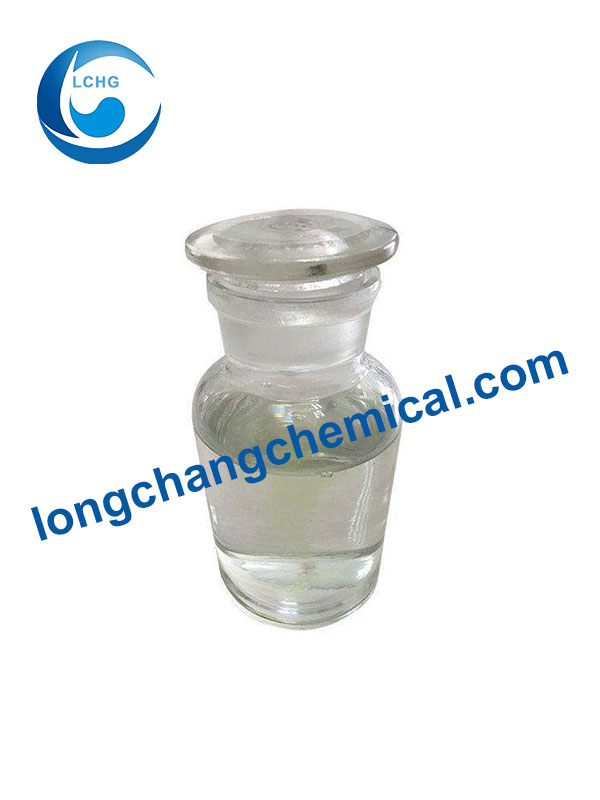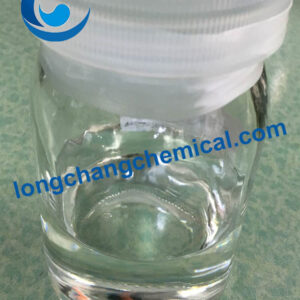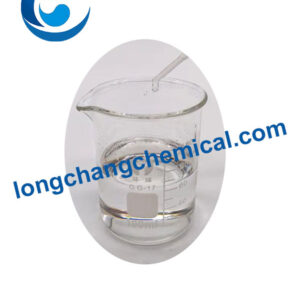Description
Sinocat® DMDEE CAS 6425-39-4
Item |
Standard |
Appearance |
Colorless transparent liquid |
Chromaticity |
<2 |
Water content |
≤0.1% |
Content |
≥99% |
Sinocat® DMDEE Application:
Sinocat® DMDEE is suitable for water curing systems and is a strong foaming catalyst. Due to the steric hindrance of amino groups, the storage period of NCO components can be prolonged. It is suitable for the catalytic reaction of NCO and water in systems such as TDI, MDI, and IPDI; Sinocat® DMDEE is mainly used In one-component rigid polyurethane foam system, it can also be used for polyether and polyester polyurethane soft foam, semi-rigid foam, CASE material, etc. The addition amount accounts for 0.3-0.55% of the polyether/ester component.
This product can replace 2,2′-Dimorpholinodiethyl ether; 2,2-dimorfolin dietiletere; 4,4′-(oxydiethane-2,1-diyl)dimorpholine; 4-[2-(2-morpholin-4-ylethoxy)ethyl]morpholine; 4-{2-[2-(morpholin-4-yl)ethoxy]ethyl}morpholine.
Catalyst for polyurethane polymerisation: DMDEE can be used as a catalyst for polyurethane polymerisation to facilitate the synthesis of polyurethane materials. In the polymerisation reaction, DMDEE reacts with the isocyanate (usually diisocyanate) to form a nucleophile, which in turn triggers the polymerisation reaction.DMDEE can accelerate the curing process of polyurethane materials, improving the reaction rate and efficiency.
Polyurethane Coatings and Adhesives: DMDEE is widely used in the manufacture of polyurethane coatings and adhesives. It promotes the curing process of coatings and adhesives and improves their bonding and durability.The addition of DMDEE provides polyurethane coatings with good weathering, chemical and abrasion resistance for a wide range of applications in coatings and adhesives.
Polyurethane elastomers: DMDEE plays a key role in the manufacture of polyurethane elastomers. By adding DMDEE to the polymerisation reaction, the hardness, elasticity and abrasion resistance of polyurethane elastomers can be adjusted. Polyurethane elastomers are used in a wide range of applications such as automotive manufacturing, construction materials, shoe soles, furniture and cushioning.
Polyurethane foam: DMDEE plays a catalytic role in the preparation of polyurethane foam. It can promote the foaming reaction of polyurethane foam, so that the foam material obtains ideal pore structure and physical properties. Polyurethane foam is widely used in insulation materials, filling materials, sound-absorbing materials and cushioning materials.
Other applications: DMDEE can also be used in the manufacturing process of polyurethane elastic adhesives, sealing materials, waterproof paints, coatings and adhesives. It has better stability and workability, and can improve the performance and quality of products.
Sinocat® DMDEE Storage:
Stored in a cool dry place out of direct sunlight.
Sinocat® DMDEE Packing:
220kgs/drum.
Contact Us Now!
If you need Price, please fill in your contact information in the form below, we will usually contact you within 24 hours. You could also email me info@longchangchemical.com during working hours ( 8:30 am to 6:00 pm UTC+8 Mon.~Sat. ) or use the website live chat to get prompt reply.
Is it the nature of a catalyst to bring down the temperature during a violent reaction?
The essence of a catalyst is not to bring down the temperature during a violent reaction, but to accelerate the rate of the reaction by lowering the activation energy of the reaction. Activation energy is the minimum amount of energy required to convert a reactant into a product, and can also be understood as the energy barrier that the reactant needs to overcome during the reaction. In a chemical reaction, if the reactants are unable to overcome the energy barrier, the reaction cannot proceed. A catalyst facilitates the reaction by reducing the amount of energy required for the reactants to overcome this energy barrier.
Although a catalyst lowers the activation energy of a reaction, it does not make the temperature of a violent reaction lower. Catalysts allow reactions to occur under milder conditions, but they also do not bring down the temperature of a reaction when it requires a large amount of heat energy. In addition, catalysts can also accelerate the rate of violent reactions that may result in high temperatures or pressures. Thus, the role of a catalyst is not to accelerate a reaction by lowering its temperature, but rather to accelerate the rate of the reaction by altering the interactions between the reactants.
Most of the PUR (hot melt adhesive), basically will use a catalyst, bis-morpholino diethyl ether DMDEE, CAS No.: 6425-39-4
The amount of it in the formula is very small, generally between 0.05%-0.5%, but it plays a very key role: to promote the reaction between isocyanate and water gas, accelerate the curing speed.
There are many types of polyurethane catalysts, why DMDEE?
It is because it not only improves the curing speed of PUR, but also maintains good thermal stability, i.e. relatively slow viscosity growth at high temperatures.
And no catalyst PUR than most catalysts can accelerate the curing rate of PUR, of which DMDEE is the most obvious effect, within 30min can quickly increase the shear strength from 14psi to 200psi, curing 1 hour after the bond strength has reached the level of two days of curing.
In addition to exhibiting the fastest cure rate, DMDEE has the best thermal storage stability. Under heating conditions at 120°C, the DMDEE system of PUR evaluated an hourly viscosity growth rate of only 3.1%, which is only 0.5% higher than the 2.6% growth rate of the catalyst-free system of PUR. Other catalysts have a viscosity growth rate of at least 6.2% per hour.
In addition, although DMDEE is used in very small quantities, slight fluctuations can cause significant fluctuations in performance. Just by increasing the DMDEE content from 0.05% to 0.1%, the shear strength of the product cured for 30 min, 1hr, and 1.5h changed abruptly.
At the same time, if you want to obtain fast-curing PUR, one of the effective and immediate methods is to increase the DMDEE content from 0.05% to 0.15%, and you can obtain a shear strength of 290 psi in 1.5 hours, which is basically equivalent to the strength of a fully cured PUR.
However, too high a DMDEE content tends to reduce batch-to-batch thermal stability and can also lead to air bubbles in the cured adhesive.
In short, don’t underestimate the low catalyst content, which has a critical impact on the overall performance of PUR hot melt adhesives.







Reviews
There are no reviews yet.